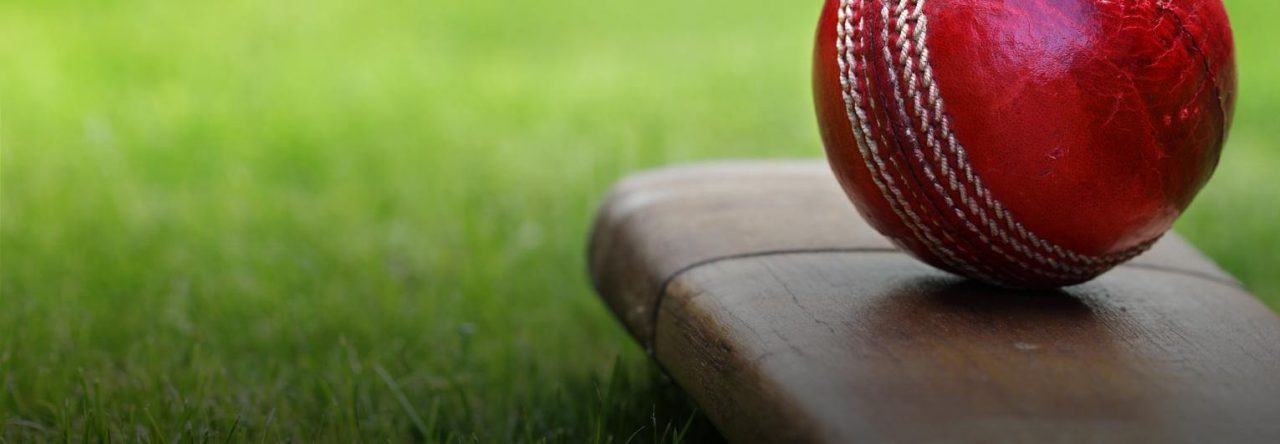Chilblains are an abnormal kind of reaction of small blood vessels in one's toes. Chilblains could happen if one is exposed to long standing cold conditions primarily throughout winter months.After being exposed, they usually take place a few hours afterwards and will cause a lots of pain. The cold weather will cause the little blood vessels to constrict and when the skin is immediately warmed up, blood escapes into the surrounding tissues because the blood vessels are not able to react quick enough to the rapid warming. Bad circulation adds to the chance of contracting Chilblains.
Chilblains turn up as small reddish colored patches on your skin, and they tend to be really itchy. Increasing pains are usually experienced once they start becoming a darkish blue because of congestion. Inflammation also tends to occur. They leave quite a few splits on the skin predisposing the patient prone to infection after they dry out. Chilblains normally affect the feet and toes, particularly if there are also other foot issues like callus and corns or perhaps hammer toes.The primary symptoms might be irritation and burning in the area where it's starting to occur. Signs and symptoms intensifies when you moves and to a warm place. Swelling and redness then becomes noticeable. Quite often, the skin damaged may break down and be unbearable ulcers and might very well come to be infected.
The precise occurrence pattern of Chilblains remains unclear. Some people may get chilblains yearly, or for some even throughout their life. Others who get chilblains yearly could eventually get sudden relief. Research indicate that females tend to suffer from chilblains a lot more than men. It would be because of the bodily hormones that influenced it. Different contributing factors are generally poor diet, anemia, disorders on one's connective tissue, plus some conditions on the bone tissue. It is very important keep the feet warm at just about all times to avert them. Chilblains will most likely to develop, in the event the feet are allowed to become cold. However wear long trousers, lower leg warmers, higher boots or perhaps longer socks. In case your feet do get cold, warm them slowly and gradually not suddenly. In no way expose your cold feet to a heat source and sudden heat. If you're able to, stop smoking cigarettes because it's a risk factor for having Chilblains. If you fail to stop, stay away from cigarette smoking when you have them. Regarding existing chilblains, apply approved lotions to soothe and stimulate blood circulation. Stay away from the urge to scratch the chilblain. If the skin does crack, put a dressing on the location with antiseptic solution to eliminate infection. You should check with a Podiatrist in case your pain get even worse, and if you are diabetic.
